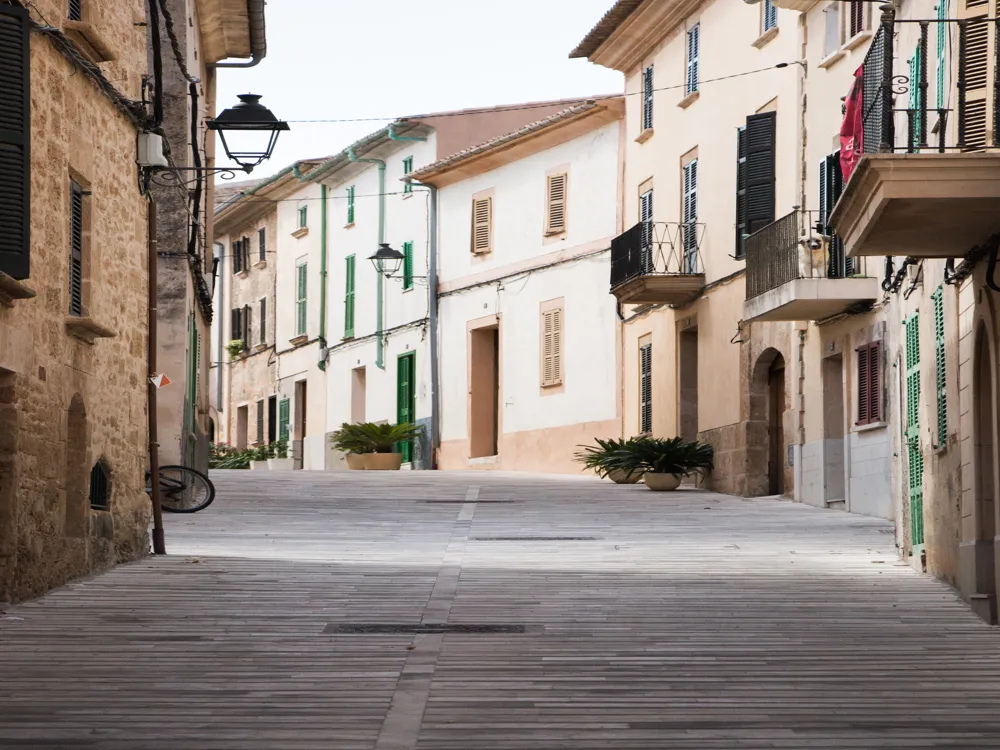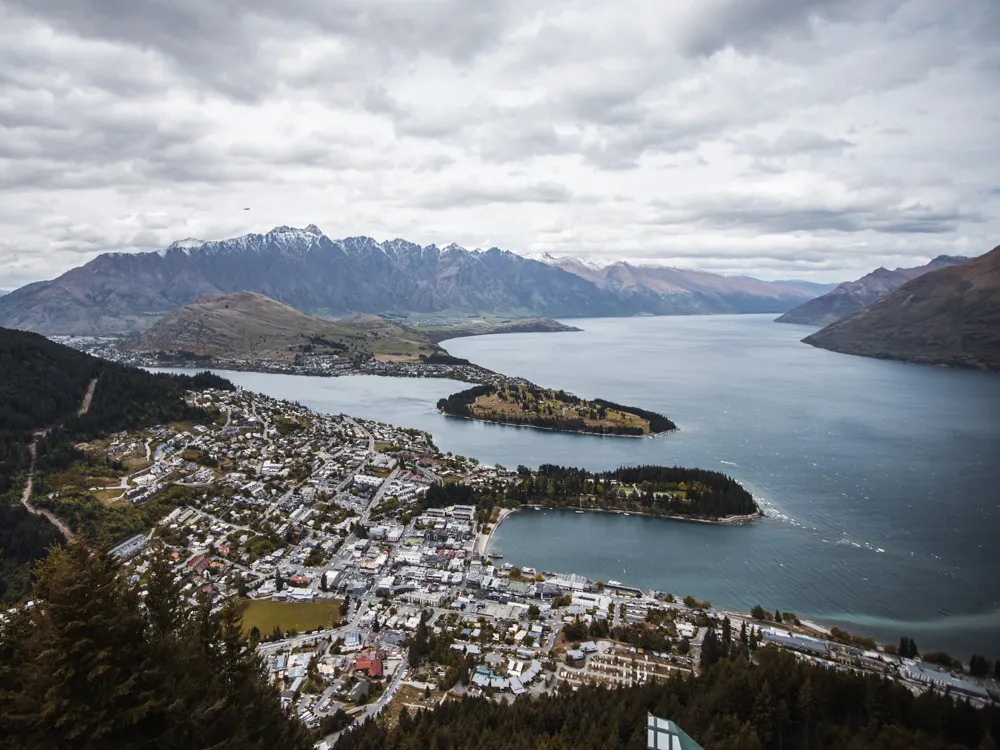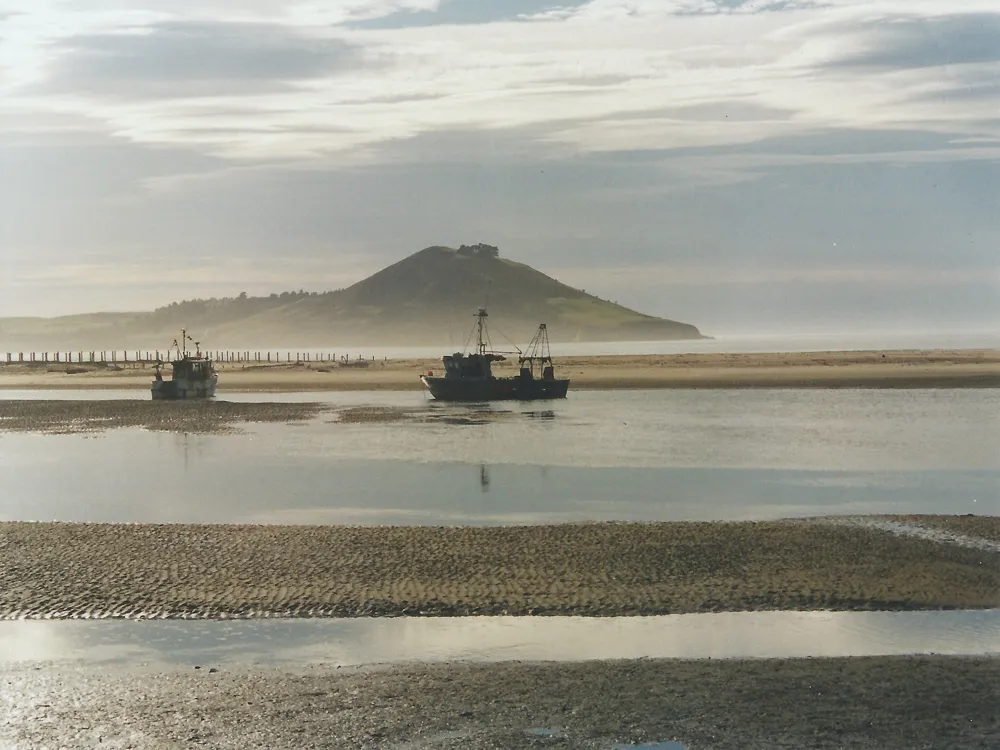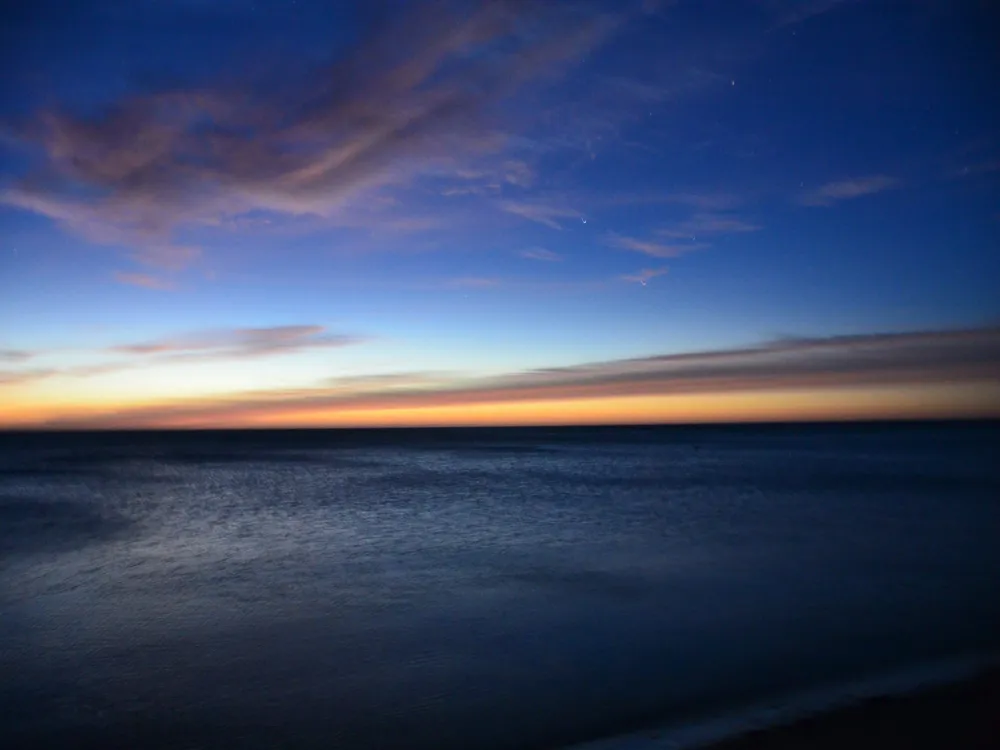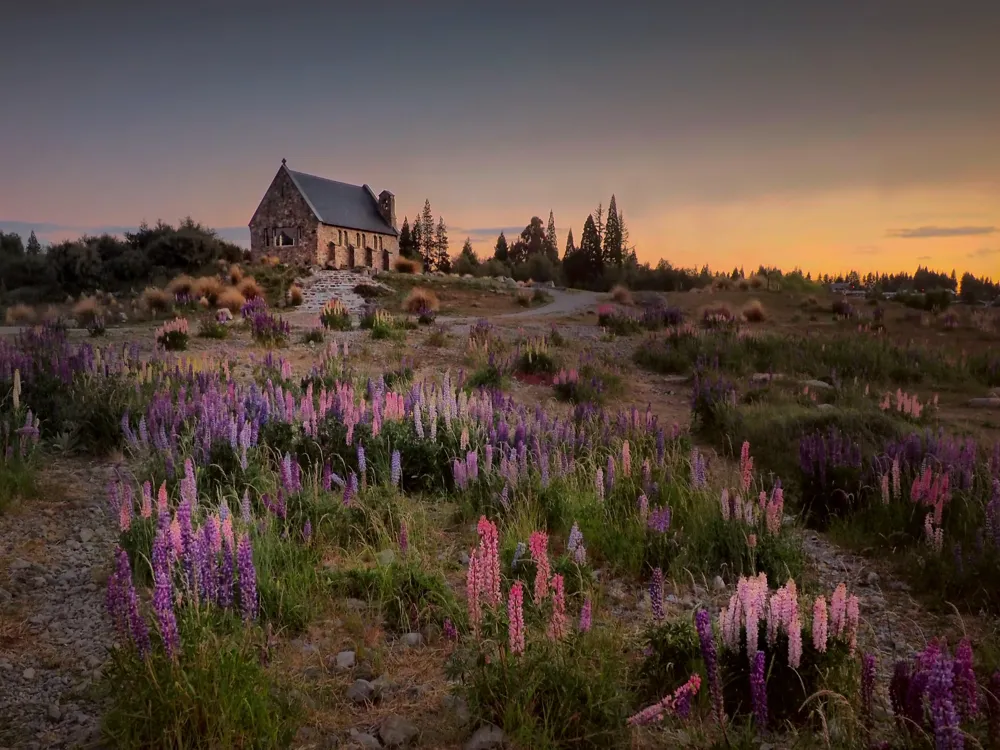Long Beach, a hidden gem in Dunedin, offers a breathtaking coastline that stretches for miles, presenting an unspoiled landscape of sandy shores and rolling waves. This picturesque beach is nestled within a serene environment, surrounded by lush green hills and rugged cliffs, providing a perfect backdrop for nature enthusiasts and beach lovers alike.
Historically, Long Beach has been a focal point for both Maori and European settlers, owing to its strategic location and abundant natural resources. The beach's history is rich with tales of early navigation, settlement, and cultural exchange, making it not just a place of scenic beauty, but also of historical significance.
The beach's unique geographical features create an ideal habitat for a diverse range of flora and fauna. The nearby ocean is teeming with marine life, while the surrounding areas boast a variety of bird species, making it a haven for wildlife observers and photographers. The clean, soft sands and clear waters invite visitors to relax and unwind, away from the hustle and bustle of city life.
As a part of Dunedin's coastal offerings, Long Beach complements the city's rich architectural heritage and vibrant cultural scene. Whether it's for a day trip or an extended stay, Long Beach promises a memorable experience with its serene environment, historical richness, and natural beauty.
The architecture of Long Beach in Dunedin is a fascinating blend of natural landscapes and human ingenuity. The beach itself is bordered by an array of impressive rock formations and caves, carved out by the forces of nature over millennia. These geological features not only add to the scenic beauty of the beach but also offer a glimpse into the region's geological history.
In addition to the natural architecture, the area around Long Beach boasts a variety of buildings that reflect Dunedin's historical and cultural evolution. From quaint beachside cottages to modern homes, the architectural styles display a harmonious blend of the old and the new. These structures, often set against the backdrop of the ocean, provide a picturesque setting that captivates visitors and locals alike.
The nearby city of Dunedin is renowned for its Victorian and Edwardian architecture, and this influence can be seen in some of the older buildings near Long Beach. These historic structures serve as a testament to the region's past, offering a stark contrast to the more contemporary designs that have emerged in recent years.
The architectural landscape of Long Beach is not just about buildings; it's about how these structures coexist with the natural environment. This unique blend of natural beauty and architectural diversity makes Long Beach a captivating destination for those interested in both nature and architecture.
The ideal time to visit Long Beach is during the summer months when the weather is warm and sunny, making it perfect for beach activities. However, spring and autumn also offer mild temperatures and fewer crowds.
Essentials include sunscreen, hats, and water bottles to stay hydrated. Don't forget your camera to capture the stunning scenery, and if you plan on swimming, bring appropriate gear.
Long Beach offers a variety of activities like swimming, surfing, wildlife watching, and exploring the nearby caves. There are also trails for hiking and spots for picnics.
Respect the natural environment by not littering and adhering to local guidelines. Be mindful of wildlife and maintain a safe distance.
Long Beach is accessible by road from Dunedin city center. The drive offers scenic views and takes approximately 30 minutes. Public transportation options include buses, which have regular services to the area. For those preferring a more adventurous route, cycling or walking to the beach is also possible, offering a closer view of the stunning landscapes along the way.
Overview of Long Beach, Dunedin
Architecture of Long Beach, Dunedin
Tips When Visiting Long Beach
Best Time to Visit
What to Bring
Activities to Enjoy
Local Etiquette
How To Reach Long Beach
Long Beach
Dunedin
₹ 142,000 onwards
View dunedin Packages
Dunedin Travel Packages
View All Packages For Dunedin
Top Hotel Collections for Dunedin

Private Pool

Luxury Hotels

5-Star Hotels

Pet Friendly
Top Hotels Near Dunedin
Other Top Ranking Places In Dunedin
View All Places To Visit In dunedin
View dunedin Packages
Dunedin Travel Packages
View All Packages For Dunedin
Top Hotel Collections for Dunedin

Private Pool

Luxury Hotels

5-Star Hotels

Pet Friendly















